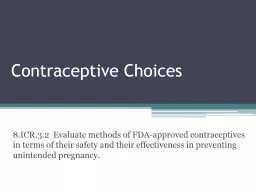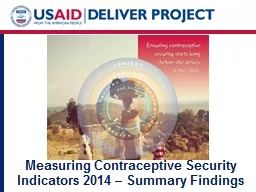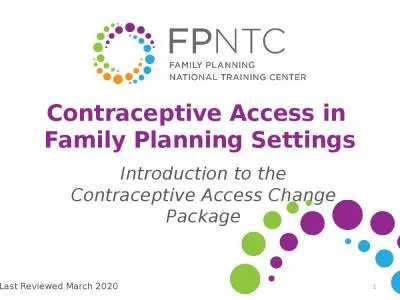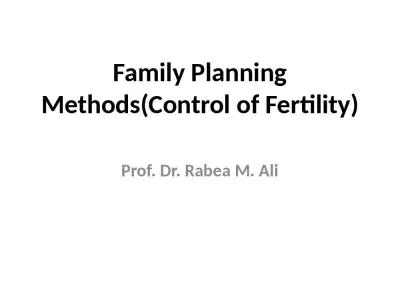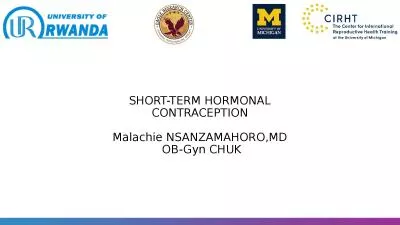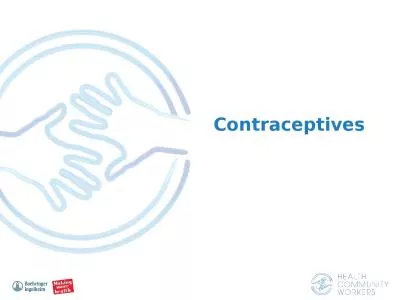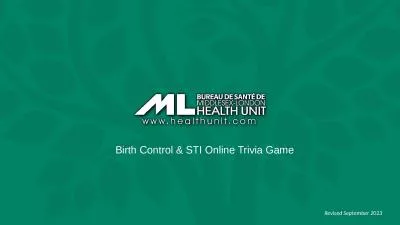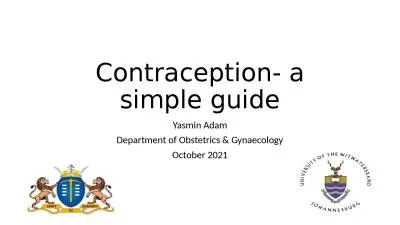PPT-Contraceptive methods Part 1 - Combined hormonal contraceptives
Author : felicity | Published Date : 2022-05-17
Raqibat Idris MBBS DO MPH Geneva Foundation for Medical Education and Research Family Planning An Online Evidencebased Course 2021 Outline and objectives Description
Presentation Embed Code
Download Presentation
Download Presentation The PPT/PDF document "Contraceptive methods Part 1 - Combine..." is the property of its rightful owner. Permission is granted to download and print the materials on this website for personal, non-commercial use only, and to display it on your personal computer provided you do not modify the materials and that you retain all copyright notices contained in the materials. By downloading content from our website, you accept the terms of this agreement.
Contraceptive methods Part 1 - Combined hormonal contraceptives: Transcript
Download Rules Of Document
"Contraceptive methods Part 1 - Combined hormonal contraceptives"The content belongs to its owner. You may download and print it for personal use, without modification, and keep all copyright notices. By downloading, you agree to these terms.
Related Documents






